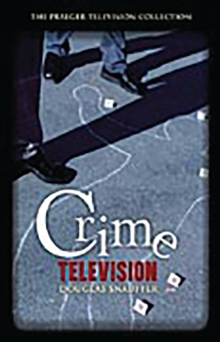
Drawn to Television : Prime-Time Animation from The Flintstones to Family Guy PDF
by Booker M. Keith Booker
Part of the The Praeger Television Collection series
Description
Since late evening cartoons first aired in 1960, prime-time animated series have had a profound effect on American television and American culture at large. The characters and motifs from such shows as The Flintstones and The Simpsons are among the best-known images in world popular culture; and tellingly, even series that have not done well in prime time-series like The Jetsons, for instance-have yielded similarly iconic images. The advent of cable and several new channels devoted exclusively to animated programming have brought old series back to life in syndication, while also providing new markets for additional, often more experimental animated series. Even on the conventional networks, programs such as The Flintstonesand The Simpsons, not to mention Family Guy and King of the Hill, have consistently shown a smartness and a satirical punch that goes well beyond the norm in network programming. Drawn to Television traces the history of prime-time animation from The Flintstones initial extension of Saturday mornings to Family Guy and South Park's late-night appeal in the 21st century. In the process, it sheds a surprising light on just how much the kid inside us all still has to say.
Drawn to Television describes the content and style of all the major prime-time animated series, while also placing these series within their political and cultural contexts. It also tackles a number of important questions about animated programming, such as: how animated series differ from conventional series; why animated programming tends to be so effective as a vehicle for social and political satire; what makes animated characters so readily convertible into icons; and what the likely effects of new technologies (such as digital animation) will be on this genre in the future.
Information
-
Download - Immediately Available
- Format:PDF
- Pages:208 pages
- Publisher:Bloomsbury Publishing (USA)
- Publication Date:30/08/2006
- Category:
- ISBN:9780313076152
Information
-
Download - Immediately Available
- Format:PDF
- Pages:208 pages
- Publisher:Bloomsbury Publishing (USA)
- Publication Date:30/08/2006
- Category:
- ISBN:9780313076152










